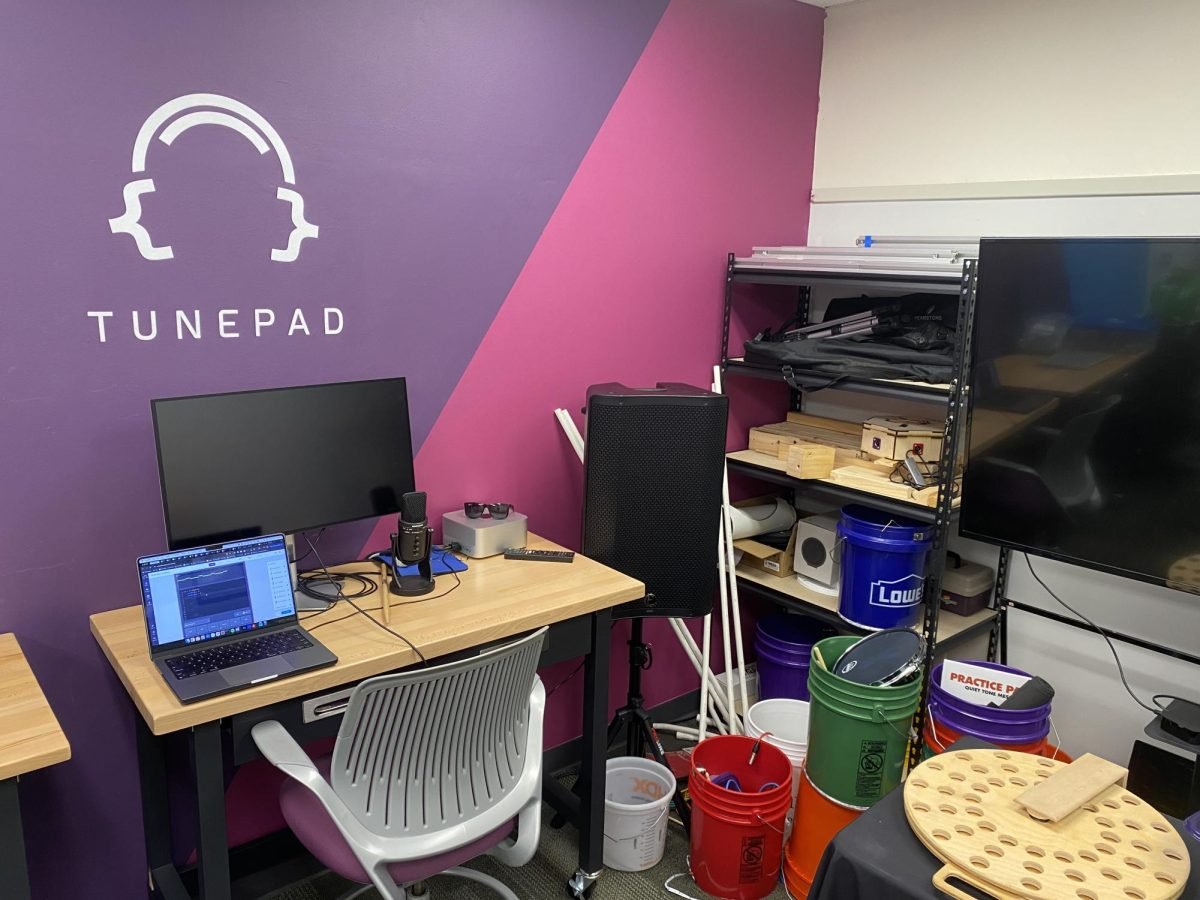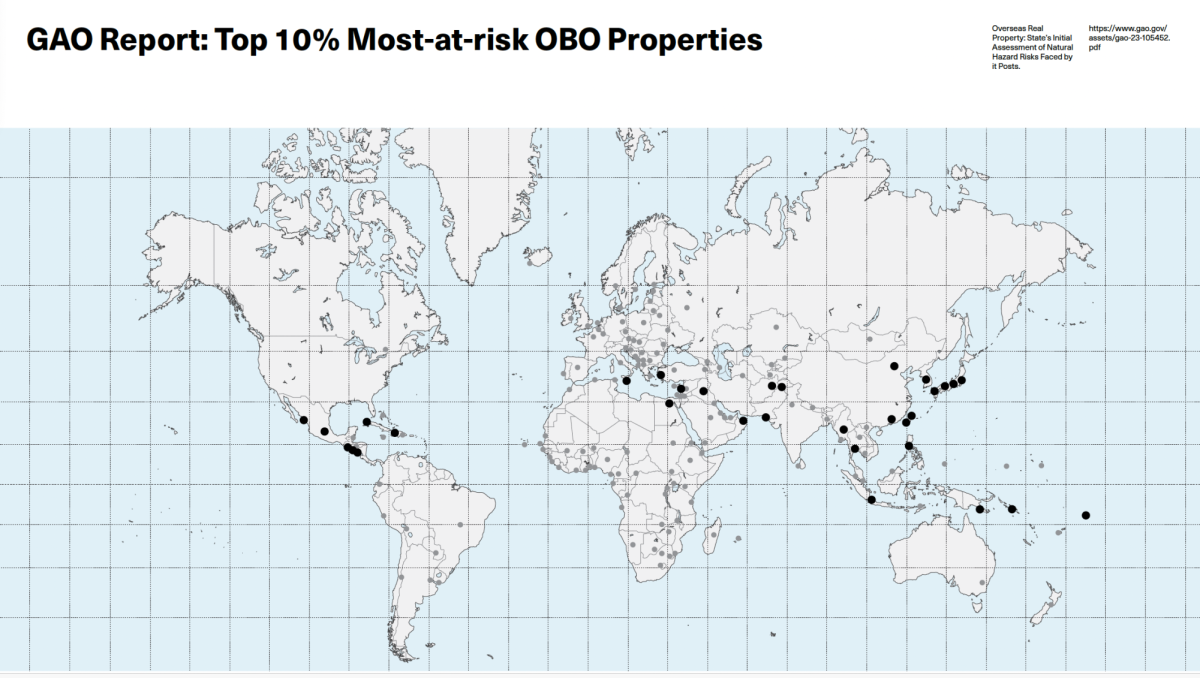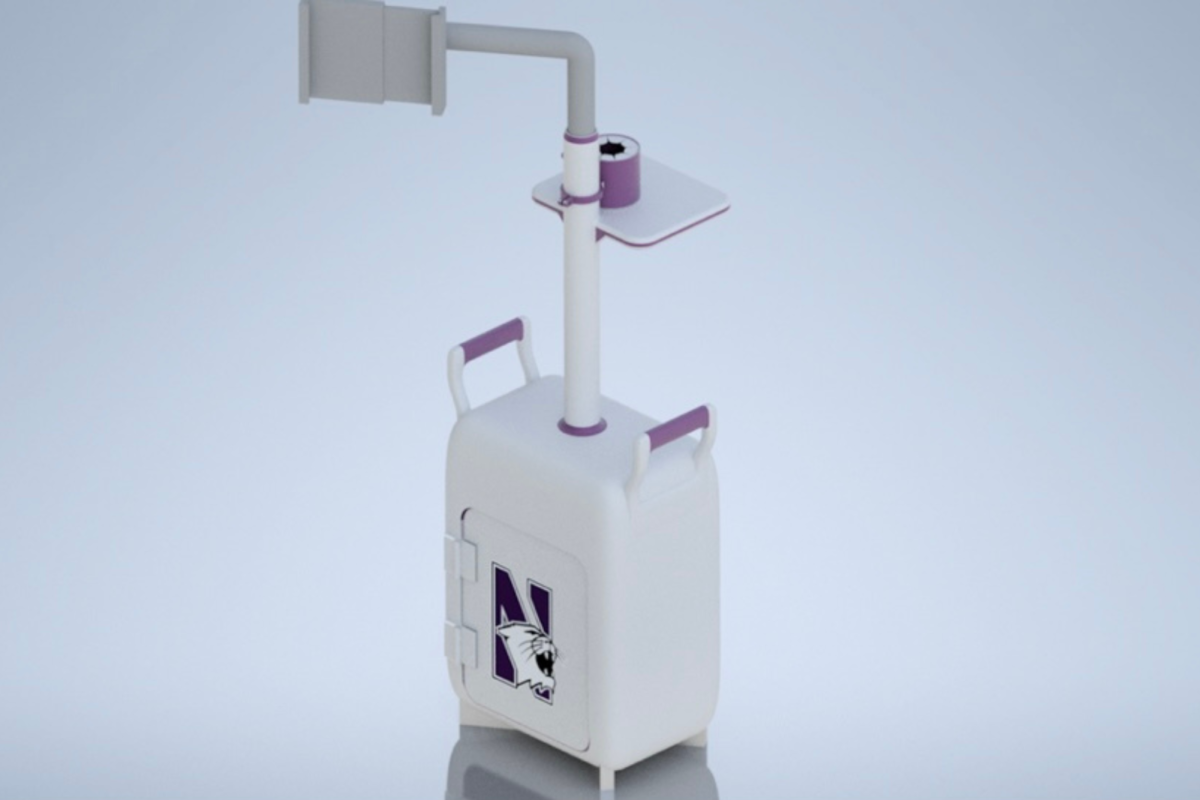Doctors spend a third of their time looking at a computer screen during normal one-on-one consultations, according to a Northwestern professor’s study.
“We were really interested in how patients and providers interact with computers in clinical settings, but we also wanted to take a more rigorous engineering approach in monitoring these interactions at very small levels,” said Dr. Enid Montague, first author of the study.
Montague, a professor in the Feinberg School of Medicine and the McCormick School of Engineering and Applied Science, said the research team’s approach made the study different from past ones on similar topics. Instead of simply surveying patients, the team also videotaped visits to track the physician’s eye patterns, as well as interviewing both patients and providers.
Dr. Onur Asan, the other author of the study and a faculty member at the Medical College of Wisconsin, said prior surveys failed to provide empirical evidence.
“There are studies on doctor-patient communication and how computers impact that communication, but most of those studies are opinion-based, or just interviews or surveys,” he said. “But this study is unique with its objective analysis.”
Montague said she was initially surprised at the results. Though patients spent less time talking directly with their physician, the patients still trusted their decisions because they had an established relationship, she said. However, Montague said, this didn’t mean they got the best care possible.
Communication sophomore Jackie Hoffmann has been seeing the same pediatrician since she was born. Hoffmann, who suffers from spinal muscular atrophy, said though her doctor has been looking at the computer screen more, he’s looking up more information to help her.
“If we didn’t already have that years of experience — like he’s known me since I was a baby — I think that built our relationship, so now it’s OK, but I don’t think I would be comfortable with a doctor that didn’t get to know me,” she said.
Montague said she thinks this trend will only increase due to demand for better files and an increase in the number of visits per year. This increase in visits is met with a growing deficit of primary care physicians, she said, leading to the dependence on technology to help manage the increased demand.
This means the doctor-patient relationship will dissolve, she said.
“As we start to rely more on these technological systems to be more efficient, we’re going to see that the actual interpersonal relationship is compromised,” Montague said, “We’re going to need more and more patients taken care of, needing more care more often for more complex illnesses.”
However, Montague does believe that technology serves a purpose in visits. The study suggests adapting current technology to allow the doctors to use the computer and still engage with the patient.
Hoffmann said this approach has helped with her care. During her visits, her doctor will research potential treatments to discuss and use her online files to easily refer her to specialists.
“I have a disability and that was not in his wheelhouse, like he didn’t know anything about it, but he did research on spinal muscular atrophy, and was like ‘let’s do this’ instead of being scared and pushing me to someone else,” she said.
Email: [email protected]
Twitter: @mark_ficken
Correction: An earlier version of this article misstated Dr. Onur Asan’s position. He is a faculty member at the Medical College of Wisconsin. The Daily regrets the error.


















